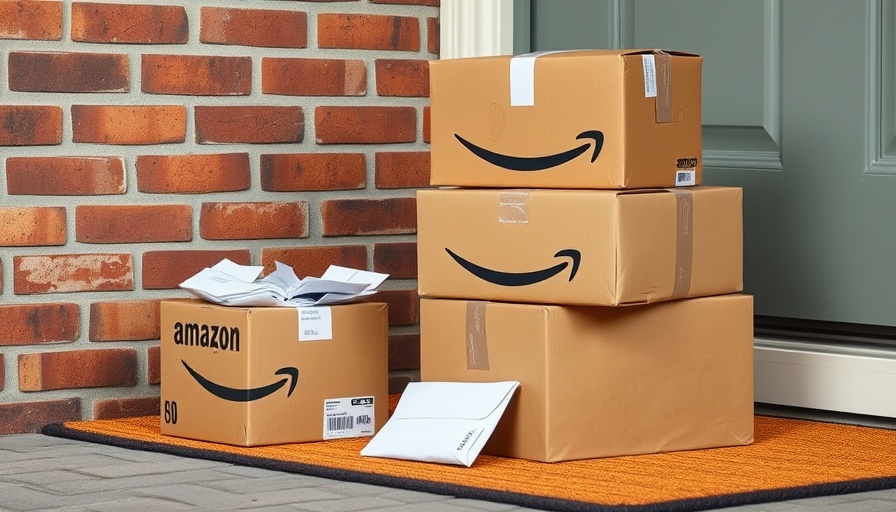
Understanding Energy Efficiency: A Modern Necessity
In today's world, where energy costs are consistently climbing and environmental concerns weigh heavily on our shoulders, achieving energy efficiency is more crucial than ever. Homeowners are seeking methods to reduce their carbon footprints while also keeping their energy bills in check. This article dives into the importance of energy efficiency and how homeowners can achieve it without compromising comfort and aesthetics.
Benefits of Energy-Efficient Choices
Investing in energy-efficient solutions can lead to significant savings over time. For instance, implementing high-efficiency appliances can reduce energy consumption dramatically. According to the U.S. Department of Energy, Energy Star-certified appliances use 10-50% less energy than standard models. Additionally, energy-efficient homes are often more comfortable, with better temperature regulation and improved air quality.
Real-World Examples: Homes Leading the Way
Consider the example of the Smith family, who upgraded their home with energy-efficient windows and insulation. Not only did their energy bills drop by 30%, but they also received a tax credit for their eco-friendly choices. This story illustrates how practical actions can yield both financial and environmental benefits.
Expert Tips for Homeowners
Maintaining comfort while enhancing efficiency is key for homeowners. Here are some practical tips:
- Upgrade insulation in attics and walls to prevent heat loss.
- Install programmable thermostats to optimize energy use according to personal schedules.
- Consider solar panels as a renewable energy source to power your home.
Engaging with these solutions not only boosts energy efficiency but also aligns with sustainable living practices—an appealing factor for many modern homeowners.
Anticipating Future Changes in Home Energy Standards
As technology progresses, we can expect changes in home energy standards and regulations. This shift presents both challenges and opportunities. Future constructions may prioritize sustainability, leading homeowners to investigate creative strategies for making existing homes more energy-efficient. Staying informed about upcoming regulations can help homeowners remain ahead of the curve.
Conclusion: Take Action for a Greener Home
Energy efficiency is not just a buzzword; it's a lifestyle shift towards a more sustainable future. Homeowners can benefit from adopting energy-efficient practices that enhance their quality of life while contributing to a healthier environment. Explore the numerous ways you can make your home more efficient today—because every small change counts.
 Add Row
Add Row  Add
Add 




Write A Comment